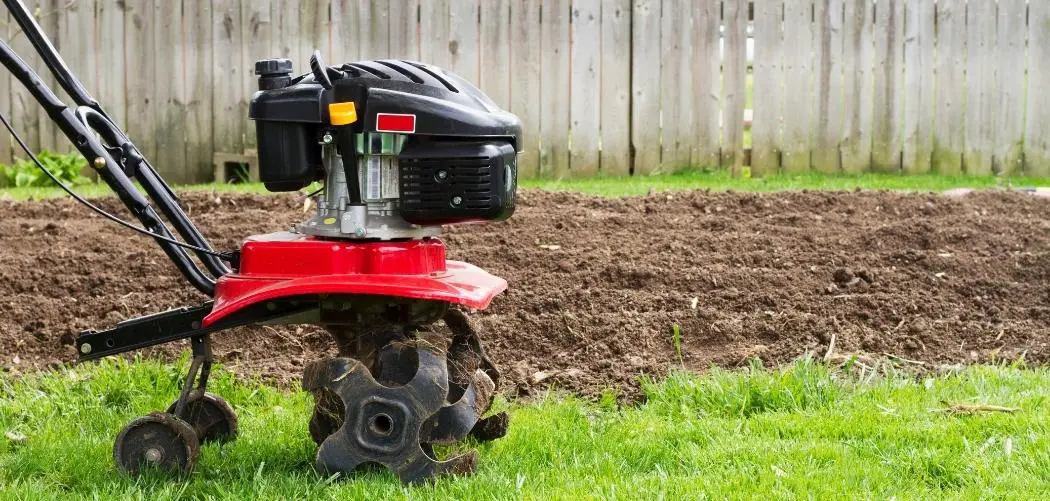We're an affiliate
We hope you love the products we recommend! Just so you know, we may collect a share of sales or other compensation from the links on this page. Thank you if you use our links, we really appreciate it!
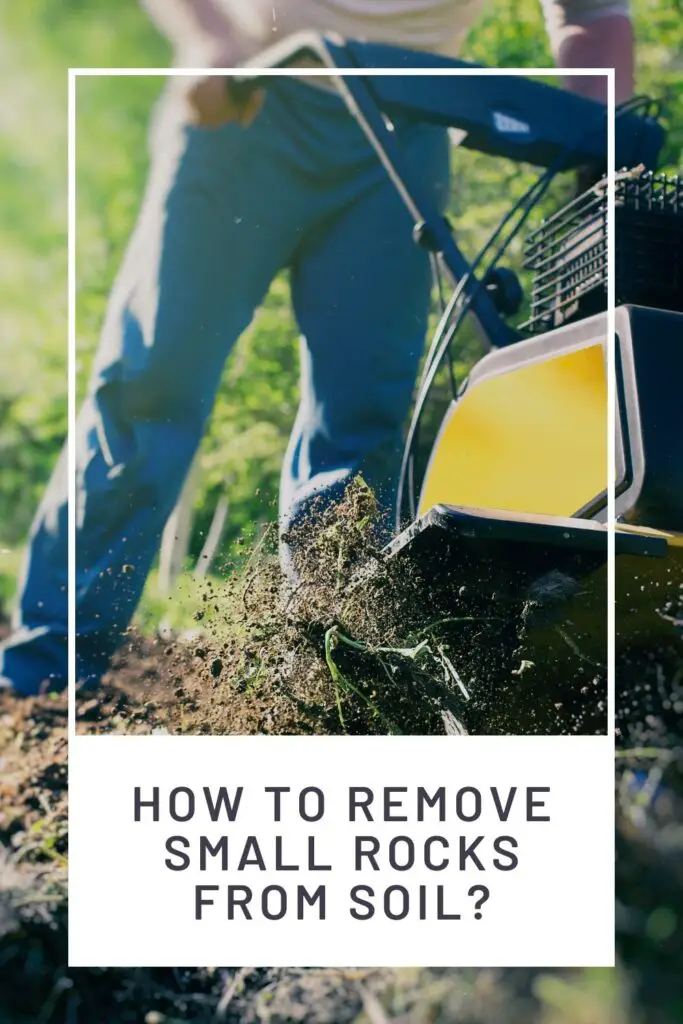
If you’re a gardener, then you know how important it is to remove small rocks from the soil. Rocks can damage plants and inhibit their growth. In this blog post, we will teach you how to remove small rocks from soil using two simple methods. We will also discuss the benefits of removing rocks from soil and provide some tips for keeping your garden healthy and thriving!
Table of Contents
Methods for Removing Small Rocks from Soil
There are two methods that you can use to remove small rocks from soil: tilling and screening. Tilling is the process of breaking up the soil with a machine, while screening is the process of separating rocks from the soil by using a screen.
Which method is best for you will depend on your gardening situation. If you have a large garden with a lot of rocks, then tilling is probably your best option. If you have a smaller garden or if you’re just starting out, then screening may be a better option.
What Are The Benefits Of Removing Rocks From Soil?
There are many benefits to removing rocks from soil, including improved drainage, increased aeration, and better root growth. Removing small stones also helps prevent damage caused by stones hitting plants as they grow up through them!
How to remove small rocks from soil using tilling or screening?
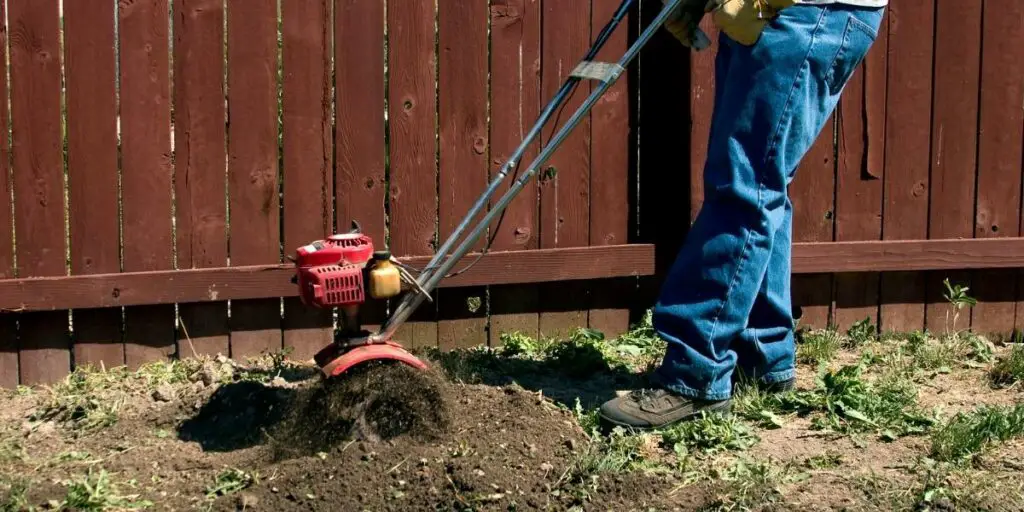
1. Tilling
Tilling is the best way to remove large amounts of rock or debris but can be difficult if you have a small garden. If you have a large garden, then using a machine to till your soil is the best way to remove rocks. However, if you have a small garden, then tilling can be difficult and time-consuming.
2. Screening
Screening is an easy way to remove small rocks from soil. All you need is some screening material (gravel or sand) and a screen with mesh that’s large enough for the dirt to fall through but too small for most stones or debris! This method works best when combined with hand-tilling.
Screening is the best way to remove smaller rocks from the soil. This process can be done by hand with a screen or with a machine.
Should you remove small rocks from your soil?
Small rocks in the soil can be a nuisance. They get in the way of planting and watering, and they can even damage tools. Some people believe that removing these small rocks is the best way to improve the quality of the soil. Others believe that leaving them there is better since they help to aerate and stabilize the soil. So which is it? Should you remove small rocks from your soil?
If you are looking to improve the quality of your soil, removing small rocks is one way of doing it. They will not be good for the plants that grow there, because they can cause damage to them or make it hard for them to gain any sort of foothold on the surface. Rocks are very dense and packed together tightly, so if you have a lot of them in your soil, they can’t be very good at aerating the roots or providing stability for the root system.
However, removing small rocks from your soil isn’t always necessary. There are ways to plant around the small rocks so that they don’t interfere with plant growth. You can also fill up any holes that these rocks have left behind. If you do that, then you may not have to worry about removing them at all.
In the end, it is going to depend on your specific situation as to whether or not small rocks should be removed from the soil. However, if you want a better garden right away, removing them probably isn’t a bad idea. Just don’t forget to fill up any holes that you leave behind!
What is the best tiller for removing small rocks? (Our Top 4 Picks)
1. Sun Joe TJ604E
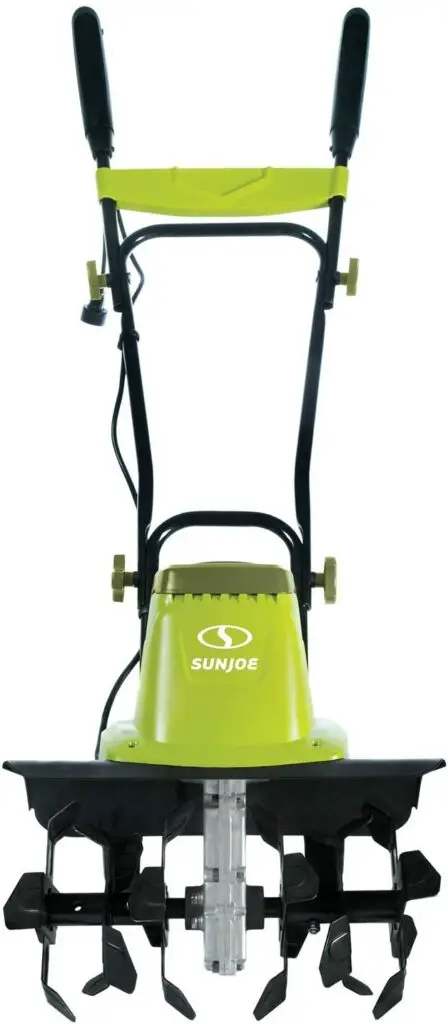
The Sun Joe TJ604E is an excellent machine for spring gardening purposes, It has a 16-inch wide tilling path and comes with a 13.5 amp motor for reliable power. The TJ604E is easy to assemble and easy to use, making it the perfect choice for anyone who wants to break up soil or cultivate their garden without having to use harsh chemicals or petrol. It’s lightweight but the strong design also makes it easy to use.
2. Hattomen Electric Garden Tiller
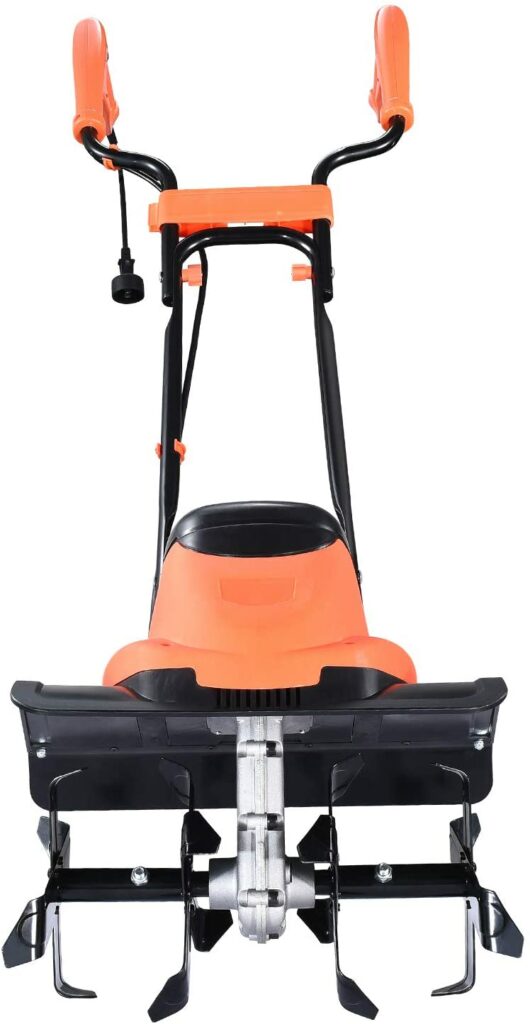
If you’re looking for an easy way to take care of your garden, the Hattomen Electric Garden Tiller is perfect for you! This 8.5 amp cultivator is easy to use and makes quick work of breaking up soil and cultivating your plants.
It has a detachable shaft that makes it easy to store, and the 10-inch cultivator width ensures that you can get the job done quickly. With its fast, efficient performance, the Hattomen Electric Tiller is the perfect tool for gardeners!
3. Earthwise TC70001
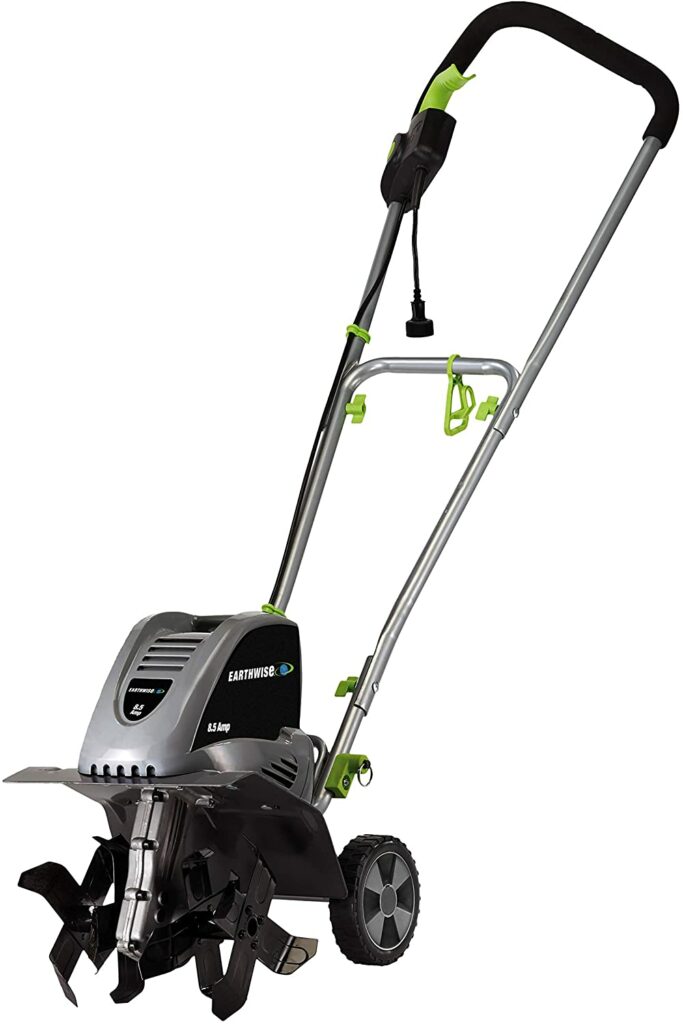
This Earthwise TC70001 is a corded electric tiller/cultivator. It’s designed with 10 metal gear transmission that offers low-torque power, even on chunky terrain. This provides 100% powerful torque for a faster process of digging into the ground. The unit has 8-inch width of steel cutting head which provides adequate soil interaction and less vibration at high speed.
The engine can generate up to 8 amps that allow for easy control when seeking big ground churning such as supporting tall plants or solving blocked soil in long grass or weeds.
4. SuperHandy Electric Tiller-Cultivator
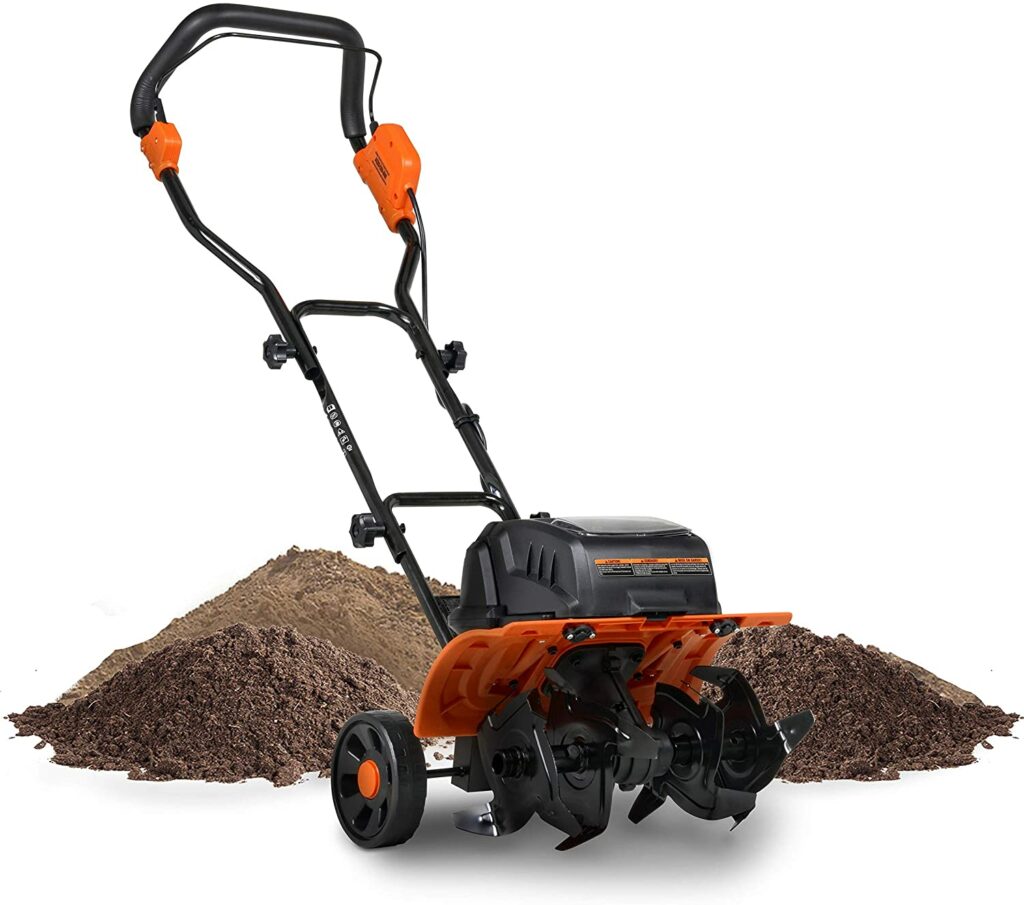
If you have a yard and find manual weeding tedious, this is the tiller for you. The electric motor is 40 volts lithium-Ion (Li-on), which means it can run longer without charging than other models. It tills up to 14 inches wide; four tines go deep into even hard soil to chop through weeds and plant roots without damaging your garden plants. A battery light lets you know when the battery is running low before cordless tool pushing isn’t enough.
The SuperHandy Electric Tiller-Cultivator has an easily adjustable handle height; pivoting wheels that give stability on inclines or declines; ergonomic soft-grip handles that keep the weight dispersed across the whole hand.
It’s not the cheapest cultivator around, but it’s lighter than most because of its lithium-ion battery. It also has a battery light indicator along with power, so you won’t lose power without warning before you can reach your garage.
The adjustable height handles on this cultivator are great if you have uneven ground because the wheels ride on a cushion of air.
Tips for Keeping Your Garden Healthy and Thriving.
There are many things you can do to keep your garden healthy and thriving, including watering regularly, adding organic matter to the soil, and using mulch. Watering regularly helps plants get the water they need to grow strong and healthy.
Adding organic matter (like compost) will improve the soil quality and make it easier for plants to grow in. Mulch is a layer of material that covers the soil surface, preventing weeds from growing while also keeping moisture levels high!
Conclusion
Removing small rocks from the soil can be tough, but not to worry. We have provided you with recommendations for removing small rocks that are both easy and efficient.
No matter what type of gardener you are, it’s important to keep your garden healthy and thriving. By watering regularly, adding organic matter to the soil, and using mulch, you can make sure your plants have everything they need to grow strong and beautiful.

